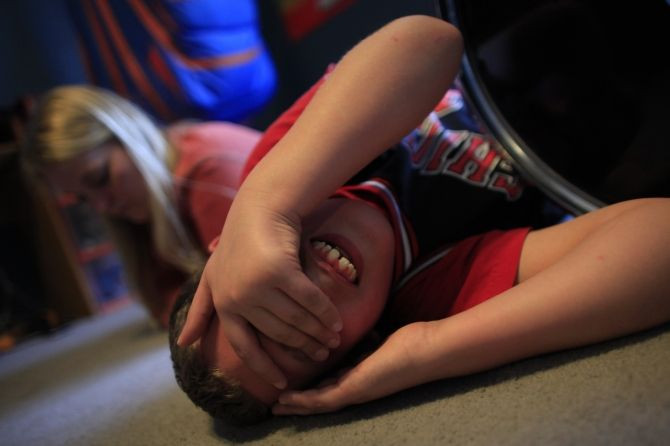Scientists Reverse the Symptoms of Autism in Mice

The Centers for Disease Control and Prevention said that in 2008, the last year for which there is data, 1 in 88 children had autism spectrum disorder. That number was a 23 percent increase from 2006's findings. Though the health agency said that it was unsure whether that rise was due to an increase in public awareness about the condition, it remains clear that many people would like a successful treatment. Researchers believe that they may have stumbled upon one possibility.
Led by Nahum Sonenberg from McGill University, researchers from JSS Medical Research, the Université de Montreal, and the University of California, San Francisco, created a new model of mouse autism. They genetically engineered mice to lack the gene Eif4ebp2. Mice that do not have this gene have several autism-like symptoms, including repetitive behaviors, poor social ability, and a decreased ability to communicate.
When the mice lack this gene, the protein that it produces, 4E-BP2, does not exist. This protein suppresses the translation of certain messenger RNAs, so the proteins that produce these messenger RNAs proliferate at higher than normal levels. One of those proteins, the neuroligins (NLGNs), reside in the membranes of neurons to help create the synapses, or neurons, between nerve cells. When the protein 4E-BP2 does not exist, the nerve cells are prone to overstimulation. The researchers believe that this tendency is what causes many of the symptoms of autism.
"Neuroligins make contact, like a handshake," Sonenberg said to Businessweek. "But with this mutation, the handshake becomes more like a tackle. It's too much."
Researchers used a cancer drug that reversed synaptic hyperactivity. The drug reversed the symptoms of autism spectrum disorder. In addition, even though autism is a neurodevelopmental disorder, the drug worked for adult mice.
Scientists are measured in their enthusiasm, however. Several treatments have shown promise in mice only to be ineffective in humans. Autism spectrum disorder is caused by many genetic underpinnings, each of which makes up only 1 percent of cases. The drug used was also too toxic to be used in humans.
"But we've shown that this pathway is important, identified potential therapeutic targets and demonstrated that a drug therapy is possible in principle," Sonnenberg said to Nature. It is also possible that each of these genetic mutations converge on this exact same pathway.
The study was published in the journal Nature.
Published by Medicaldaily.com



























